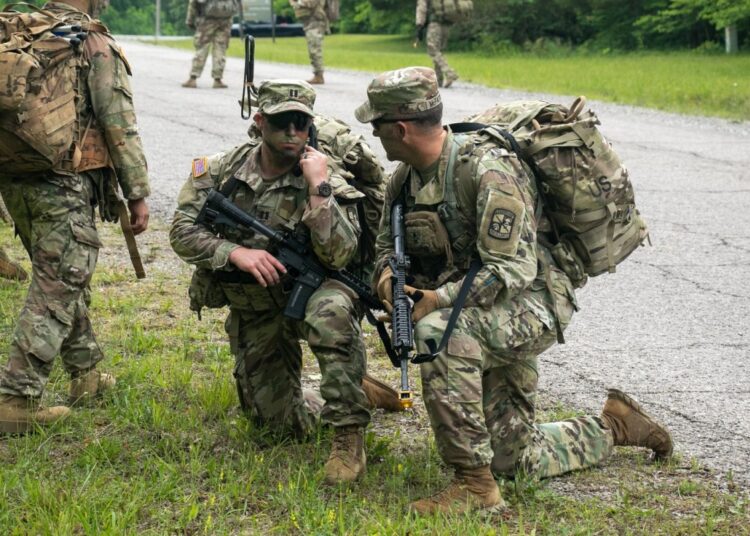U.S. Army Cadet Command will consolidate and restructure parts of its Senior ROTC network beginning in summer 2026, inactivating a brigade headquarters and adjusting dozens of campus programs in an effort to optimize resources and maintain officer production amid a smaller civilian workforce.
The command said it cut 168 civilian positions—about 12% of its authorized workforce—through the Department of Defense’s Deferred Resignation Program, prompting a reassessment of the nationwide ROTC footprint. The plan includes inactivating the 1st Brigade headquarters at Fort Knox and a phased realignment that will preserve access to ROTC on roughly 900 campuses while consolidating administrative and logistical support across select units.
“This rebalance and optimization effort ensures we meet the Army’s requirements for officer commissioning while being good stewards of resources,” said Brig. Gen. Maurice Barnett, commanding general of U.S. Army Cadet Command. “Our approach allows us to sustain and strengthen ROTC programs while providing quality training to cadets across the country.”
Under the changes, 10 host programs will end their affiliation with Army ROTC, including California Polytechnic State University–San Luis Obispo, the University of Northern Iowa, Western Illinois University, Truman State University, Elizabeth City State University, Saint Augustine’s University, Clarkson University, John Carroll University, the University of Wisconsin–Oshkosh and West Virginia State University.
Forty host programs will shift to “extension” status—retaining cadre and instruction on campus but merging support functions with another host school. Among them are Howard University, Northeastern University, Tulane University, Loyola University Chicago, Northern Illinois University, the University of Idaho, Duke University, Wake Forest University, Seton Hall University, St. John’s University, the University of Akron, the University of Toledo, Xavier University, Drexel University, Providence College, the University of Memphis, Prairie View A&M University, St. Mary’s University (Texas), Stephen F. Austin State University, Hampton University, Norfolk State University and Eastern Washington University.
Six current hosts will convert to crosstown relationships—no longer housing full-time cadre but offering cadets training at nearby campuses—including Southern University and A&M College, Eastern Michigan University, Niagara University, Central State University, the University of Richmond and Carson-Newman University.
Nine extension units will be inactivated, ending their Army ROTC affiliation. Those include the University of California at Merced, Idaho State University, the University of Nebraska–Kearney, Millersville University, Pennsylvania Western University–Clarion, Texas A&M International University, St. Norbert College and two campuses in Iowa (Buena Vista University and the University of Dubuque).
Nineteen extension sites will convert to crosstown relationships, such as California State University–Los Angeles, the University of California–San Diego, the University of Northern Colorado, the University of Miami, Bradley University, the University of Chicago, Chicago State University, Indiana University Northwest, Winona State University, Lindenwood University, Davidson College, Interamerican University (Metro San Juan) in Puerto Rico, Western Oregon University, Tennessee State University, Texas A&M University–San Antonio and Longwood University.
Cadet Command said the initiative is designed to be reversible, allowing the Army to scale officer production as needed while avoiding hollow units, and to reallocate senior officers and noncommissioned officers to other priorities. Senior ROTC programs at Senior Military Colleges and Military Junior Colleges will realign to other brigades with no impact to cadet training, the command said.
The Army described the rollout as deliberate and phased to minimize disruption for cadets, employees and partner institutions. Affected personnel will be offered options consistent with law, regulation and collective bargaining agreements, and impacted cadets will be provided pathways to continue their education and training.
“Throughout this process, our commitment remains unchanged — producing high-caliber officers of character to lead our Army,” said Barnett. “We are working closely with our workforce, cadets and academic partners to ensure a smooth transition while preserving the quality of our ROTC programs.”
The changes are expected to be in place by the start of the 2026–27 academic year. Junior ROTC programs at high schools are not affected.






